No products in the cart.
What is J2534 and how to flash ECU with it. 8
Diagnostic tools have become an indispensable part of the automotive industry. Whether it’s repairing, maintaining or updating a vehicle, having access to the right diagnostic tools is crucial for ensuring that the job is done right the first time. In recent years, the J2534 standard has become increasingly popular in the automotive industry as it provides a standardized way of communicating with a vehicle’s on-board computer system. In this blog post, we’ll take a closer look at what J2534 is, how it works, and why it’s important.
What is J2534?
J2534 is a standard developed by the Society of Automotive Engineers (SAE) for vehicle diagnostics. It defines a common set of protocols and commands that can be used to communicate with a vehicle’s on-board computer system, also known as the Electronic Control Module (ECM). This standard allows diagnostic tools from different manufacturers to communicate with different vehicles using a standardized set of instructions. J2534 is compatible with a variety of communication protocols, including CAN (Controller Area Network), ISO (International Organization for Standardization) and KWP (Keyword Protocol) or popular called K-LINE.
The development of J2534 was prompted by the increasing complexity of vehicle electronics and the need for a standardized way of communicating with them. Prior to the introduction of J2534, each vehicle manufacturer had their own proprietary communication protocol, which made it difficult and expensive for third-party diagnostic tool manufacturers to create compatible tools.
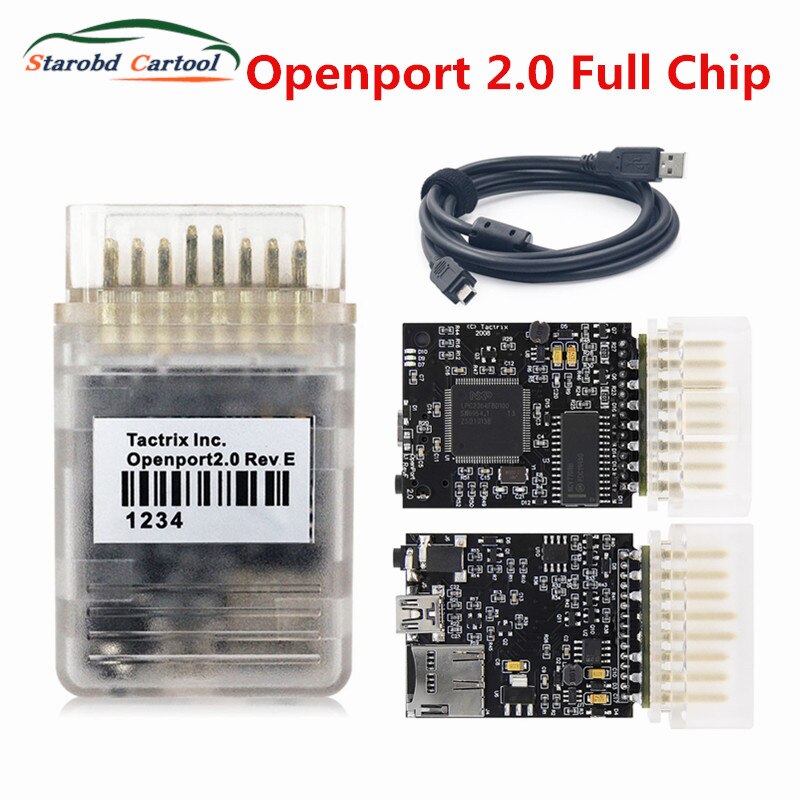
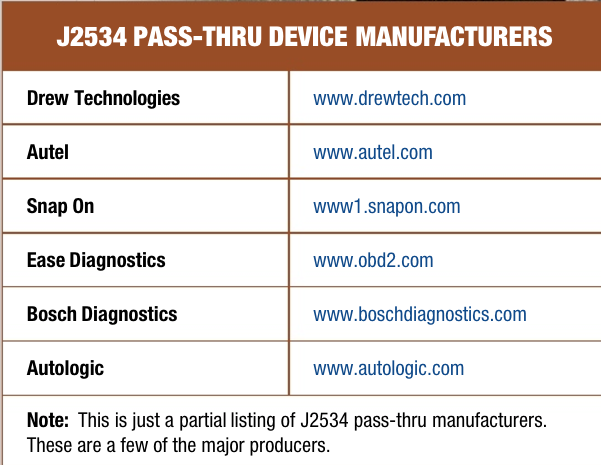
Benefits of using J2534:
Using a diagnostic tool that complies with the J2534 standard has several advantages over using other diagnostic tools. Firstly, J2534-compliant diagnostic tools can communicate with a wider range of vehicles. As J2534 is a standardized protocol, diagnostic tools that comply with this standard can be used on vehicles from multiple manufacturers. This means that technicians only need to invest in one diagnostic tool, rather than purchasing separate tools for each manufacturer.
Secondly, J2534-compliant diagnostic tools are typically more accurate and efficient than other diagnostic tools. J2534 allows diagnostic tools to communicate with the vehicle’s ECM directly, rather than relying on manufacturer-specific software or hardware. This means that diagnostic tools can access more data and perform more advanced diagnostics, leading to more accurate diagnosis and faster repairs.
How to use J2534:
To use a J2534-compliant diagnostic tool, technicians will need the appropriate hardware and software. The hardware required will depend on the specific diagnostic tool being used, but will typically include a J2534 interface module and a computer or tablet. The interface module connects to the vehicle’s OBD-II port and allows the diagnostic tool to communicate with the vehicle’s ECM.
Once the hardware is connected, technicians will need to install the appropriate software on their computer or tablet. The software will vary depending on the diagnostic tool being used, but will typically include a J2534 driver and manufacturer-specific software. The J2534 driver allows the diagnostic tool to communicate with the vehicle’s ECM using the standardized protocol, while the manufacturer-specific software provides access to the vehicle’s specific diagnostic data.
Examples of J2534-compliant diagnostic tools:
There are many diagnostic tools available on the market that comply with the J2534 standard. One popular example is the Autel MaxiSys Elite, which is a tablet-based diagnostic tool that supports J2534. The Autel MaxiSys Elite has a large touch-screen display and comes with a variety of advanced diagnostic features, including automatic VIN detection, bi-directional control, and advanced coding and programming capabilities.
Another popular J2534-compliant diagnostic tool is the Snap-On Pass-Thru Pro II. This tool is a portble device that connects to a computer or laptop via USB. It supports multiple communication protocols, including CAN and ISO, and allows technicians to perform advanced diagnostics, programming, and reflash functions. Another popular device is tactrix openport 2 which can also do flashing and OEM level diagnostics on many vehicles and can use large varaity of software. Mercedes Xentry diagnostic and coding software can also be used using passthrue device.
Can i re-flash ECU with j2534?
In short, yes you can. ECU (Engine Control Unit) flashing is the process of reprogramming a vehicle’s ECU with new software. This is typically done to improve vehicle performance, increase fuel efficiency, or fix issues with the vehicle’s electronics. In the past, ECU flashing was a complex and time-consuming process that required specialized hardware and software. However, with the introduction of the J2534 standard, ECU flashing has become much easier and more accessible.
J2534-compliant diagnostic tools allow technicians to reflash a vehicle’s ECU using a standardized set of protocols and commands. This means that diagnostic tools from different manufacturers can be used to reflash a vehicle’s ECU, as long as they comply with the J2534 standard. To reflash a vehicle’s ECU using J2534, technicians will need to follow a few basic steps.
The first step is to connect the J2534 interface module to the vehicle’s OBD-II port. This is the same port that is used to communicate with the vehicle’s on-board computer system for diagnostics. Once the interface module is connected, technicians will need to launch the manufacturer-specific software on their computer or tablet. This software will communicate with the vehicle’s ECU using the J2534 protocol.
Once the software is connected to the vehicle’s ECU, technicians can begin the flashing process. This typically involves selecting the new software that will be installed on the ECU, and then following a series of prompts to initiate the flashing process. The flashing process may take several minutes to complete, depending on the size of the software file and the speed of the vehicle’s ECU.
It’s worth noting that not all vehicles can be reflashed using J2534. Some manufacturers have implemented security measures that prevent third-party diagnostic tools from accessing the ECU. In these cases, technicians will need to use manufacturer-specific tools and software to reflash the ECU. However, many vehicles can be reflashed using J2534, which makes it a convenient and cost-effective option for many technicians.
J2534 has made ECU flashing much easier and more accessible for technicians. By providing a standardized set of protocols and commands, J2534-compliant diagnostic tools allow technicians to reflash a vehicle’s ECU using a variety of different tools and software. This helps to reduce the cost and complexity of ECU flashing, while also providing technicians with more options for diagnosing and repairing vehicles. If you’re looking to improve your vehicle’s performance or fix issues with its electronics, ECU flashing using J2534 may be a good option to consider.

In Conclusion
So, J2534 is an important standard for vehicle diagnostics that provides a standardized way of communicating with a vehicle’s on-board computer system. Using a diagnostic tool that complies with the J2534 standard can help increase diagnostic accuracy and efficiency, as well as save technicians time and money. While there are many J2534-compliant diagnostic tools available on the market, it’s important to choose a tool that meets the specific needs of your business.
Whether you’re a professional technician or a DIY enthusiast, having access to the right diagnostic tools can make all the difference when it comes to repairing and maintaining vehicles. J2534 is just one of many standards and protocols that are used in the automotive industry, but it’s one that’s becoming increasingly popular due to its compatibility and ease of use.
Adoption of J2534 has helped to streamline vehicle diagnostics and make it easier for technicians to communicate with a vehicle’s on-board computer system. As technology continues to evolve, we can expect to see even more standardized protocols and tools that make vehicle diagnostics faster and more efficient than ever before.

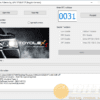

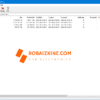

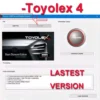
I am using VX diag nano as passtru for mercedes xentry and vediamo. Also for Volvo DICE online account works no problem!
Can this one be used as passthru for ecu flashing??? – https://robaizkine.com/product/vxdiag-nano-wifi-obd-j2534-passthru-for-vw-vag-jlr-gm-opel-ford-mazda
Yes, it can be used as any other good quality J2534
scanmatik pro is worth every penny, best quality passthru tool no argue!
No, fvdi can’t be used as pass thrue device the way ABRITES AVDI can
Can FVDI be used as pasthrue device? i know AVDI original can, but i am not sure about it’s clones FVDI and SVCI ??
What do you think about scanmatik pro? It is also passthrue device capable of flashing, why is it so much more expensive than openport?
Using pcmtuner for example, with scanmatik you are able to flash ECU’s in boot or bench mode, with openport only OBD moduls are available.